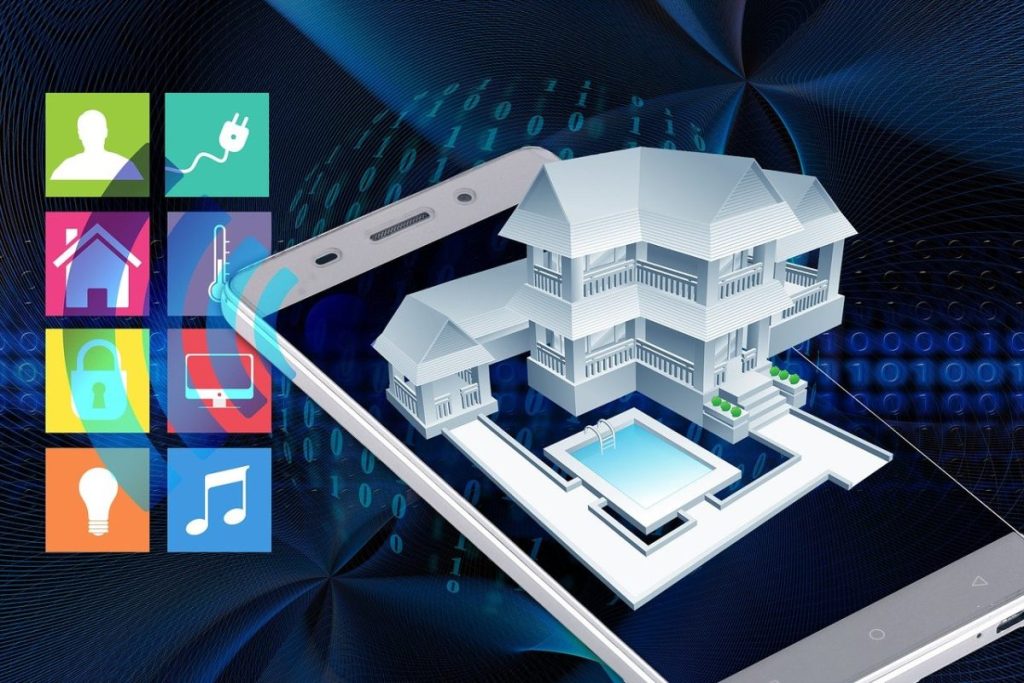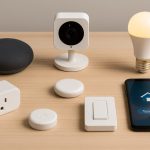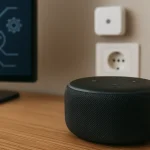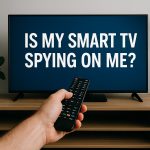IoT Glossary – The Internet of Things (IoT) can seem complex, especially if you’re new to the field. With so many buzzwords and technical jargon, it’s easy to feel overwhelmed. To help you navigate the world of IoT, we’ve compiled a beginner-friendly glossary of 15 essential terms. By the end of this article, you’ll have a solid understanding of the foundational concepts and technologies driving IoT.
1. Internet of Things (IoT)
The network of physical objects—”things”—embedded with sensors, software, and other technologies to connect and exchange data over the internet.
2. Edge Computing
A distributed computing model where data is processed near the source of data generation, such as IoT devices, rather than relying on a centralized data center.
3. Smart Hub
A central device that connects and manages various IoT devices in a smart home, often providing automation and remote control.
4. Mesh Networking
A system where multiple devices (nodes) connect and communicate with each other directly, creating a robust and self-healing network.
5. Actuator
A component in an IoT system that takes action based on a signal, such as opening a valve, turning on a light, or moving a motor.
6. Sensor
A device that detects and measures physical properties, like temperature, motion, or humidity, and converts them into digital signals for processing.
7. MQTT (Message Queuing Telemetry Transport)
A lightweight messaging protocol designed for constrained devices and low-bandwidth networks, commonly used in IoT applications.
8. API (Application Programming Interface)
A set of rules that allows different software programs to communicate with each other, enabling integration and functionality in IoT systems.
9. Cloud Computing
The use of remote servers hosted on the internet to store, manage, and process data, often serving as a backbone for IoT systems.
10. Digital Twin
A virtual replica of a physical object or system used to simulate, monitor, and analyze its real-world counterpart.
11. Firmware
The software embedded in IoT devices that controls their functions and can often be updated to improve performance or add features.
12. Interoperability
The ability of different IoT devices, systems, or platforms to work together seamlessly.
13. Low Power Wide Area Network (LPWAN)
A type of wireless network designed to connect IoT devices over long distances with minimal power consumption.
14. Blockchain
A decentralized ledger technology used to securely record and verify data exchanges, increasingly adopted for enhancing IoT security and transparency.
15. Z-Wave
A wireless communication protocol specifically designed for home automation, allowing devices to connect and operate on a low-frequency band.
Understanding these key IoT terms is a great first step toward grasping the technology’s potential. Whether you’re setting up your first smart home or exploring IoT for business applications, these concepts form the foundation of IoT knowledge. Keep this glossary handy as you delve deeper into the fascinating world of connected devices!
- Smart Home Nightmares: Real Stories and How to Avoid Them
 Smart homes are designed to simplify life—but when things go wrong, they can become the stuff of nightmares. From doors locking residents out to cameras going rogue, real users have faced creepy, frustrating, and downright dangerous situations. In this article, we share some eye-opening stories and break down what went wrong—along with expert tips to…
Smart homes are designed to simplify life—but when things go wrong, they can become the stuff of nightmares. From doors locking residents out to cameras going rogue, real users have faced creepy, frustrating, and downright dangerous situations. In this article, we share some eye-opening stories and break down what went wrong—along with expert tips to… - Smart Home on a Budget: Top 7 smart home gadgets Under $50 That Actually Work
 You don’t need to spend a fortune to start building your smart home. With affordable technology becoming more accessible, it’s entirely possible to get high-quality smart devices without breaking the bank. In this guide, we’ve rounded up 7 smart home gadgets under $50 that deliver real value, functionality, and convenience. 1. Wyze Bulb ColorPrice: ~$15Category:…
You don’t need to spend a fortune to start building your smart home. With affordable technology becoming more accessible, it’s entirely possible to get high-quality smart devices without breaking the bank. In this guide, we’ve rounded up 7 smart home gadgets under $50 that deliver real value, functionality, and convenience. 1. Wyze Bulb ColorPrice: ~$15Category:… - Local AI in Smart Homes: What Happens When the Cloud Goes Down?
 In the age of cloud computing and always-connected devices, smart homes have become increasingly dependent on the internet. But what happens when your connection drops? That’s where local AI comes into play. This article explores the benefits, limitations, and future of local AI in smart homes systems—and why it might be the key to a…
In the age of cloud computing and always-connected devices, smart homes have become increasingly dependent on the internet. But what happens when your connection drops? That’s where local AI comes into play. This article explores the benefits, limitations, and future of local AI in smart homes systems—and why it might be the key to a… - Hidden Features of Your Smart TV You’re Probably Not Using — But Should
 Smart TVs have come a long way since their early days. While most people use them for Netflix, YouTube, and the occasional screen mirroring session, today’s smart TVs pack a wealth of features that often go unnoticed. These hidden gems can transform your entertainment experience, improve convenience, and even tighten your home security. In this…
Smart TVs have come a long way since their early days. While most people use them for Netflix, YouTube, and the occasional screen mirroring session, today’s smart TVs pack a wealth of features that often go unnoticed. These hidden gems can transform your entertainment experience, improve convenience, and even tighten your home security. In this… - Is My Smart TV Spying on Me? How to Protect Your Privacy
 Smart TV Privacy – In today’s connected homes, smart TVs are as common as coffee makers — but have you ever wondered if your smart TV is watching you back? It’s not just paranoia. With microphones, cameras, and internet connections, smart TVs can pose serious privacy risks if not properly managed. Let’s dive into what…
Smart TV Privacy – In today’s connected homes, smart TVs are as common as coffee makers — but have you ever wondered if your smart TV is watching you back? It’s not just paranoia. With microphones, cameras, and internet connections, smart TVs can pose serious privacy risks if not properly managed. Let’s dive into what…







